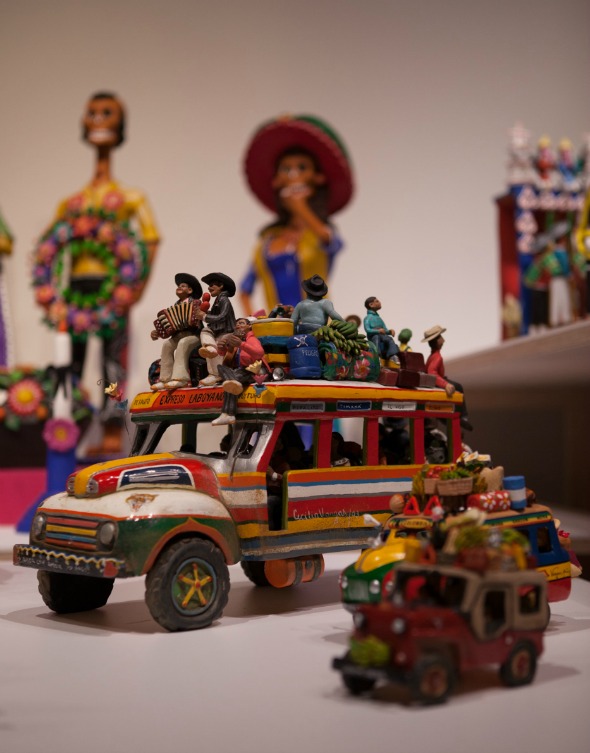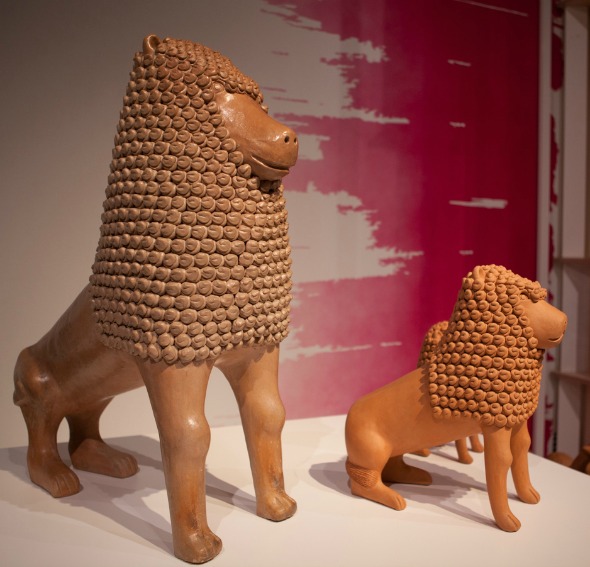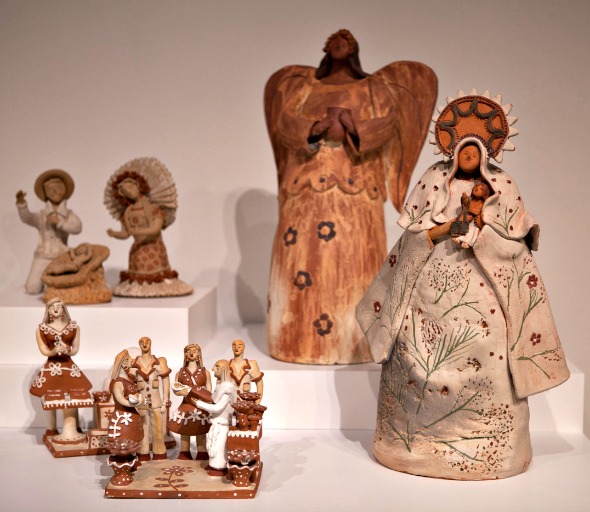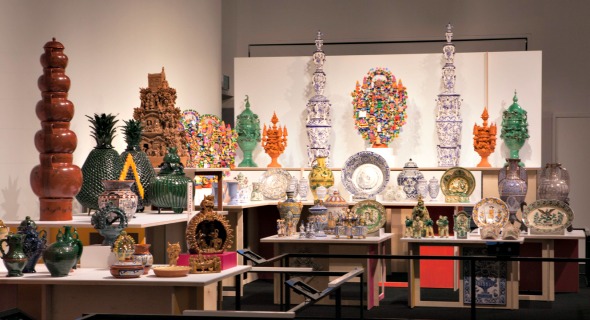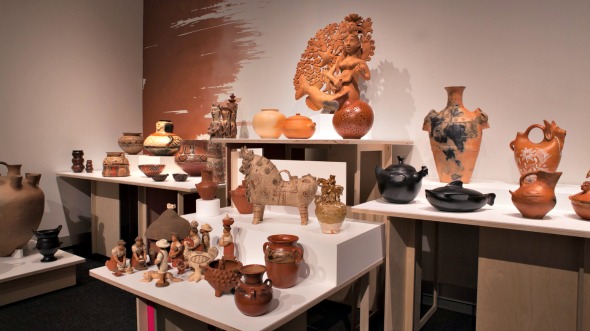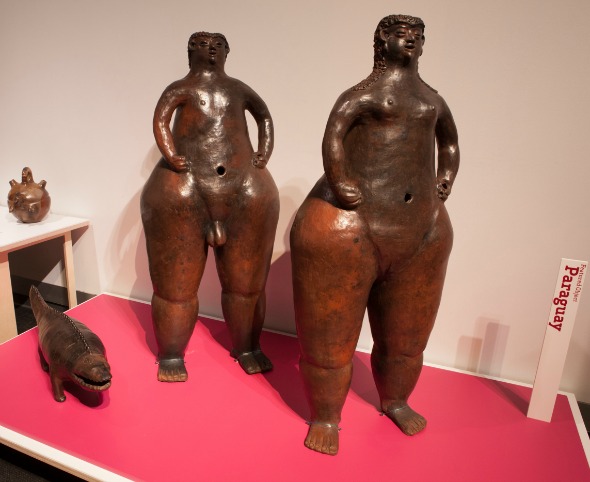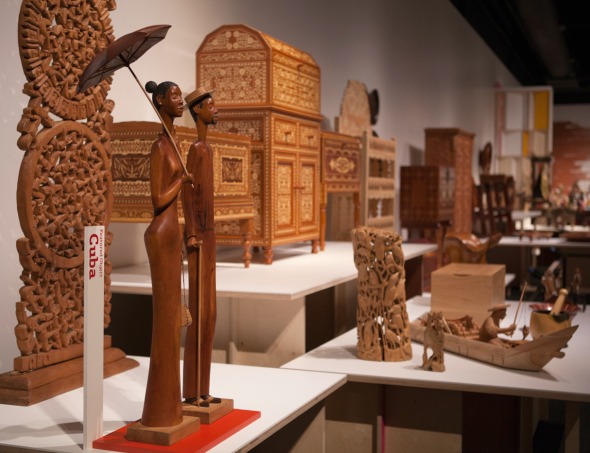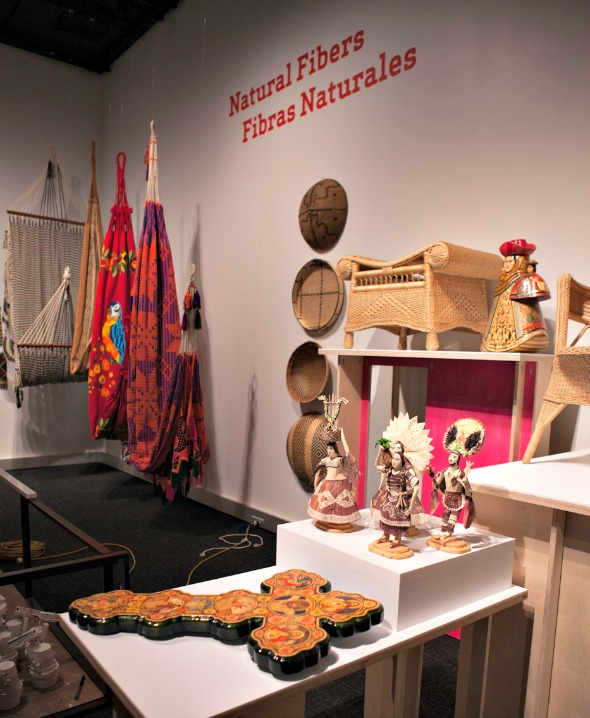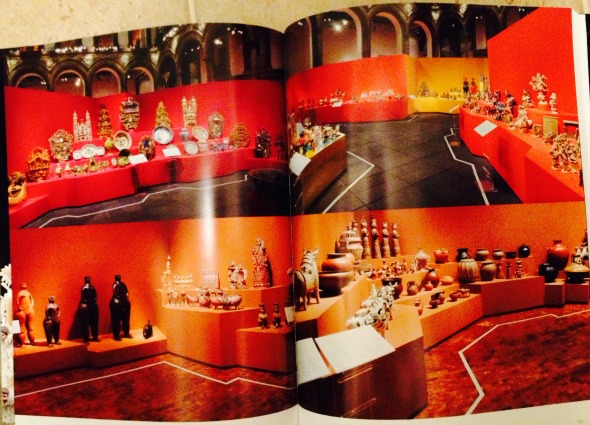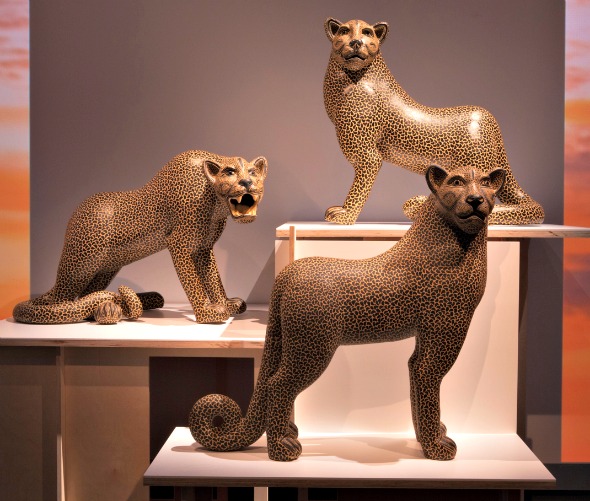 In tomorrow’s Wall Street Journal, I review an absolutely wonderful exhibition called Grandes Maestros: Great Masters of Iberoamerican Folk Art at the Natural History Museum of Los Angeles County. It’s a massive, mesmerizing show that I visited last week–but which I had seen once before, by accident, in Mexico City. I tell that story, very briefly, in my review, headlined A New Perspective on an Overlooked Art Form: A global journey ends in an exhibition that takes folk art seriously.
In tomorrow’s Wall Street Journal, I review an absolutely wonderful exhibition called Grandes Maestros: Great Masters of Iberoamerican Folk Art at the Natural History Museum of Los Angeles County. It’s a massive, mesmerizing show that I visited last week–but which I had seen once before, by accident, in Mexico City. I tell that story, very briefly, in my review, headlined A New Perspective on an Overlooked Art Form: A global journey ends in an exhibition that takes folk art seriously.
My review begins–like the exhibit–with the three clay jaguars at left. And like the big, beautiful creatures they portray, which are native to Latin America, it’s a killer (of a show).
All the credit goes to Cándida Fernández de Calderón, the director of Fomento Cultural Banamex, a non-profit arm of the large Mexican bank owned by Citigroup–which makes this show, for me, all the more fascinating. Fernández started this collection, which is massive, as a social initiative. More details in the review, but she has certainly changed lives.
I am going to let my review and the photos I’m posting below speak for the exhibit.  But I do have a couple other comments. Fernández built the collection to expose it–and she is taking it to museums in Spain, in Latin America and the U.S. It’s a big show, so it needs museums with a lot of exhibition space. Still, of the museums expressing interest–which I cannot disclose because that was the ground rule–only one is a general art museum. The rest are natural history or folk art or might be called ethnographic. That’s a shame; this is art.
And there’s one more thing, which I could not get into, for lack of space (and btw, many thanks to my WSJ editor Eric Gibson, who was willing to give my review received more than the usual space): the Natural History Museum of LA did a fine job; the art looks good. But they contemporized the display–more “modern” pedastals and platforms, white walls with swaths of colors like pink and ochre, and so on. In Mexico City, the walls were all brightly colored–light orange, deep orange, deep rose–with no white in sight, except for the labeling (which was also on placards, though not screens). To my eyes, that installation was better suited to the works. The NHM believes its audience would prefer the contemporary look, and maybe so.
Unfortunately, cameras were not allowed in the Mexico City show–but I’ve snapped a picture of that installation from the Spanish catalogue, which I’ve posted at the bottom of the LA installation shots. Still, as one museum director used to tell me, that’s just the envelope–it’s what is inside that counts.
All photos, except that one, by Edgar Chamorro, Courtesy of the Natural History Museum of Los Angeles.Â
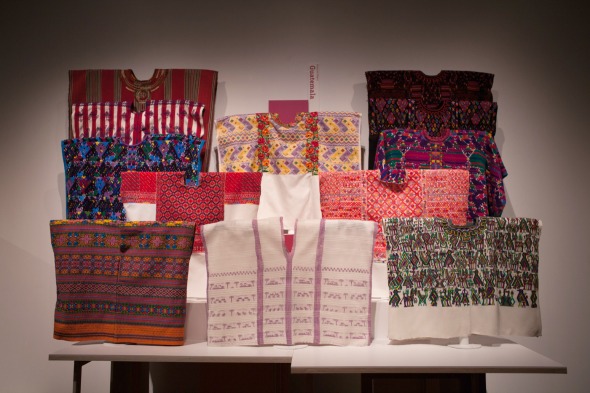
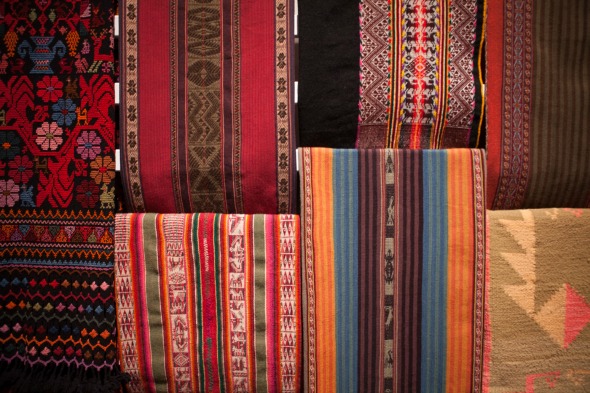 And finally, the Mexico City installation:
And finally, the Mexico City installation:

